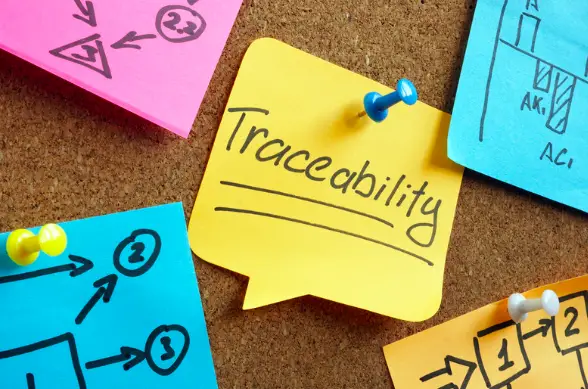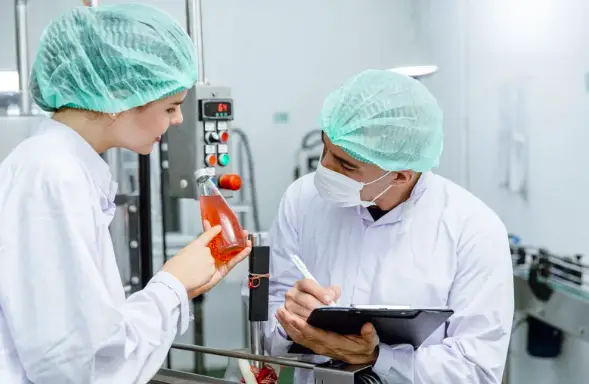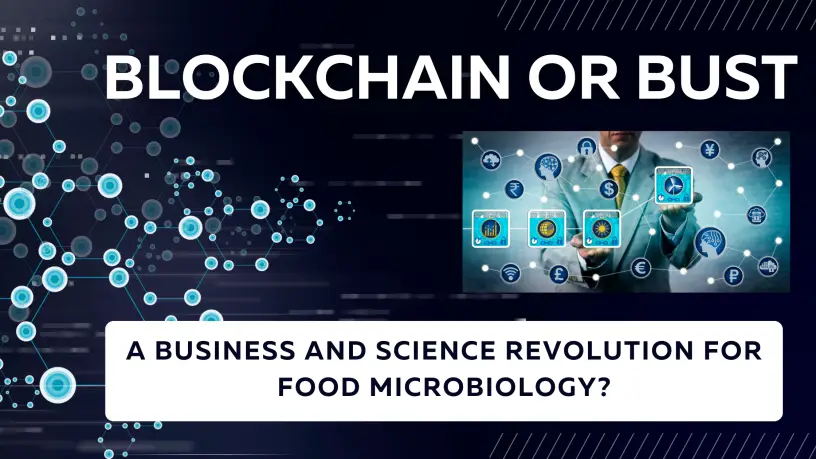
Blockchain technology has become a buzzword in recent years, but its origins can be traced back to the early days of the internet. The first blockchain-like concept was introduced in 1991 by two researchers, Stuart Haber and W. Scott Stornetta, who proposed a way to create a tamper-proof digital document by using cryptographic techniques. However, it was not until 2008 that the first practical application of blockchain technology was introduced.
In 2008, an unknown person or group of people using the pseudonym Satoshi Nakamoto published a white paper titled “Bitcoin: A Peer-to-Peer Electronic Cash System.” This white paper proposed a decentralised digital currency that could be transferred between individuals without the need for intermediaries like banks. The underlying technology used to facilitate these transactions was called blockchain.
The first blockchain was created in 2009 to power the Bitcoin cryptocurrency. The blockchain served as a distributed ledger, recording every transaction that took place on the network. The ledger was stored on a network of computers, and each computer had a copy of the ledger, making it impossible for any single entity to alter the record.
The early years of blockchain technology were largely dominated by the cryptocurrency industry. Bitcoin was the first and most well-known blockchain-based cryptocurrency, but over time, many other cryptocurrencies were created using blockchain technology, including Ethereum, Ripple, and Litecoin.
However, as the technology evolved, people began to realise that blockchain had applications beyond the cryptocurrency industry. Blockchain technology could be used to create secure, decentralised systems for a variety of industries, including finance, healthcare, supply chain management, and more.
Today, blockchain technology is being explored by companies and organisations around the world. It is still a relatively new technology, and many of its potential applications are still being discovered. As the technology continues to evolve, it is likely that we will see many more use cases for blockchain in the years to come.
Blockchain technology is a digital ledger system that has recently gained popularity in many industries, including the food industry. It offers a decentralised and secure platform to store and manage data, ensuring that information is tamper-proof, transparent, and immutable. Blockchain technology has many potential applications in food microbiology, from food safety to supply chain management. In this article, we will explore the applications of blockchain in food microbiology.
- Traceability and transparency
One of the most significant challenges in the food industry is ensuring traceability and transparency. Consumers want to know where their food comes from and how it was produced. Blockchain technology can provide a secure and transparent way to track food products from farm to fork. Each transaction is recorded on the blockchain, creating an immutable and transparent record of the food’s journey.
By using blockchain technology, food producers can create a digital record of their products’ production, transportation, and storage. This record can include information such as the origin of the ingredients, the date and time of production, the location of production, and any quality control checks performed.
Consumers can access this information by scanning a QR code or entering a unique product code. This allows them to verify the product’s authenticity, trace its journey, and ensure that it meets their dietary requirements and ethical standards.

- Food safety
Food safety is another critical issue in the food industry. Blockchain technology can help improve food safety by providing a secure and transparent way to track food products from farm to fork. The technology can be used to track and record the entire supply chain, from the source of the ingredients to the final product.
By using blockchain technology, food producers can quickly identify the source of any contamination in the supply chain. This can help prevent foodborne illnesses and reduce the risk of food recalls. In case of any contamination, blockchain technology can enable the rapid and efficient recall of affected products.
- Quality control
Quality control is an essential aspect of food production. Blockchain technology can help ensure quality control by creating a secure and transparent record of all quality control checks performed on food products. This record can be accessed by all parties involved in the supply chain, including producers, distributors, and retailers.
By using blockchain technology, food producers can track the temperature and humidity levels of their products during transportation and storage. This can help ensure that the products are stored and transported under the correct conditions, maintaining their quality and freshness.

- Payment systems
Blockchain technology can also be used to create secure and transparent payment systems for the food industry. By using blockchain technology, food producers can ensure that they receive fair and timely payments for their products. The technology can be used to automate the payment process, reducing the need for intermediaries and increasing efficiency.
By using blockchain technology, food producers can also reduce the risk of fraud and other financial crimes. The technology can be used to create a transparent and immutable record of all financial transactions, making it difficult for fraudsters to manipulate the system.
- Intellectual property protection
Intellectual property protection is essential in the food industry. Blockchain technology can be used to protect the intellectual property of food producers, such as their recipes and formulations. By using blockchain technology, food producers can create a secure and transparent record of their intellectual property, making it difficult for others to steal or copy their products.
Conclusion
Blockchain technology offers many potential applications in food microbiology. By using blockchain technology, food producers can ensure traceability and transparency, improve food safety, ensure quality control, create secure payment systems, and protect their intellectual property. As the technology continues to evolve, it is likely that we will see more and more applications of blockchain in the food industry.


